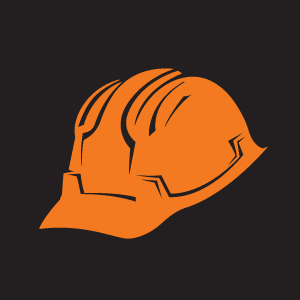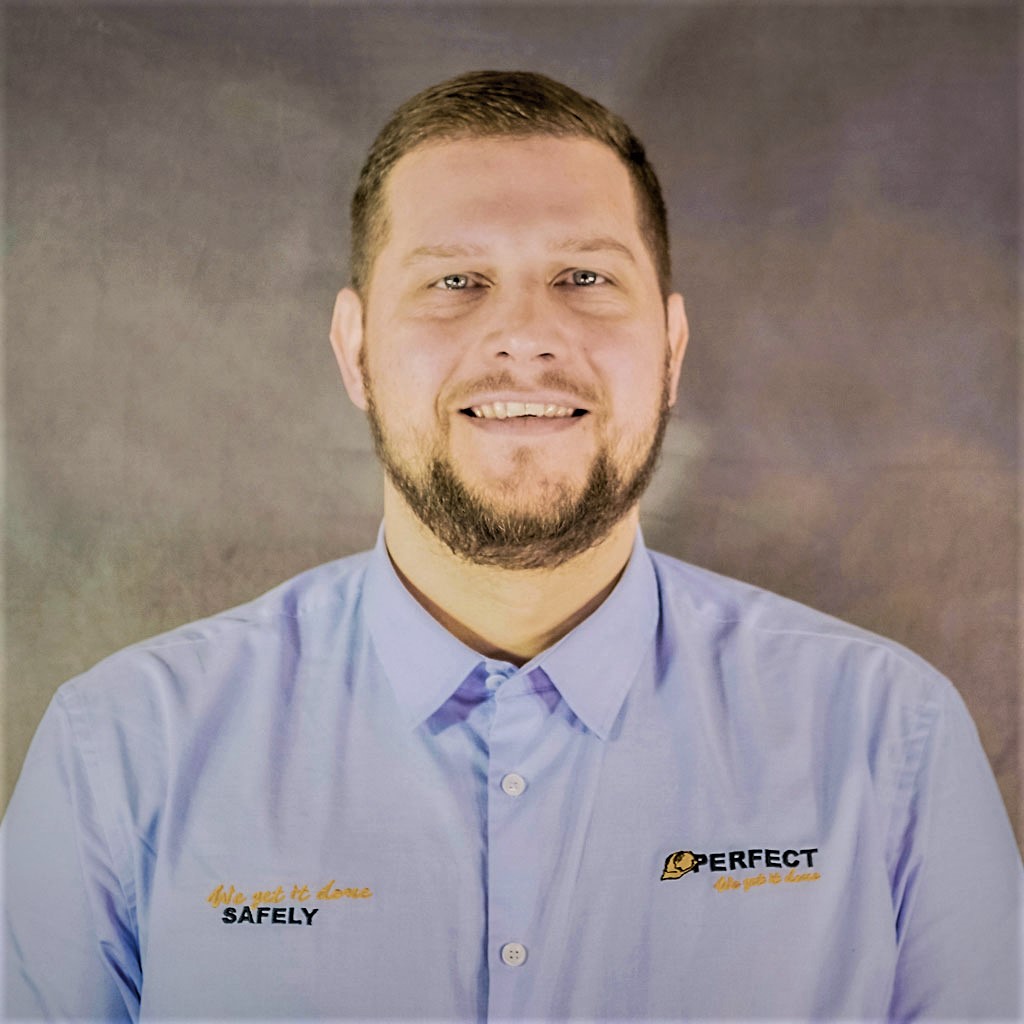Landing a Long Term Labour Hire Placement
- magda

by Daniel Green
The world’s greatest nation drinks just over a million barrels of oil a day. At 160L a pop it sounds like a lot but the reality is that is just 1% of the world’s daily consumption. When you consider that we represent only 0.3% of the world’s population, well, we are actually doing alright.
In the grand scheme of natural resources, Australia is a small-time oil player. We prefer to stick to coal. But unless this great southern land suddenly shrinks or we invoke the famed Brisbane Line, our dependence on the black slippery stuff will only increase. This means fuel security, redundant systems, cascading failures, and IAE 90-day reserves. But that’s a conversation for another day. Today it means refineries and storage facilities, one of which is the Kurnell facility and Caltex is its owner.
The sleepy Shire suburb once refined 125k barrels a day with a 700-strong workforce, but since its repurposing in 2014 it now functions solely as an import, storage, and testing facility. Yep, if you’re a car owner in NSW there’s a good chance your fuel has come through Kurnell. Its kilometre long wharf is a sight to behold and still regularly receives ships up to 60 000 DWT, making it a vital national security asset. So, when evidence of its failing health began to surface in 2016, then owner Chevron contracted cathodic protection specialists Freyssinet to remediate the wharf.
Cathodic protection
Cathodic protection is cutting-edge preservation technology. It is usable for concrete and steel structures that are subject to corrosive elements, usually in the form of water. It is a lengthy process that calls for high attention to detail. But given the cost of wharf replacement in both dollars and downtime. The long and short of it is that they install sacrificial metal cathodes into the concrete. Then, charge it via low voltage power. Corrosively speaking, the cathodes are sacrificed instead of the wharf. To physically install the system requires chasing and jackhammering a 30mm deep web across every surface of the structure. If you’ve ever looked under a wharf that’s a lot of demolition. Now imagine a full kilometre of it. Now picture it with a catch deck under it and zero tolerance for concrete waste falling into the ocean. Then, you have got an idea of the job.
When Freyssinet’s NSW Operations Manager Craig Yelavich contacted Perfect GM Tim Fitzgibbon, the brief was quite specific:
- Up to 12 reliable, physically strong, experienced demo guys
- Shorter stature if possible
- MSIC preferred
- Flexible with start times
- Pass a Cat 3 Medical
- As per our agreement, Freyssinet should hire workers directly at the end of 6 months
- Start time in two weeks
Placement Story
A long-term placement in labour hire is a gift from God. So, with that in mind, Tim made the trip down to Kurnell to get across the details. After a to-the-point pow-wow and site tour with Craig, Tim had a thorough understanding of what the workforce needed to look like. Like Port Botany, shorter-statured guys were the best suit. Again, the works were at the mercy of the tides, meaning flexible start times. More so, there was no train to Kurnell and very few buses, meaning workers needed their own cars and license.
Upon arriving back in the office, Tim began strategising with his colleagues about who they could send. With the M4/M5 link tunnel finishing, there was an abundance of proven guys he could offer it to. As the tunnel works were 12 hours shifts, Tim stayed back in the office sometimes til 8 pm to catch them after work. He sat down with them in one-on-one and laid it out, ensuring there were no crossed wires. With the cost of a Cat 3 Medical hovering around the $250 mark, it is not an easy decision to accept the role. A handful of workers had decided to move onto other roles. So, Tim conducted interviews with new workers. A week later, Tim had twelve candidate files winging their way to Mr. Yelavich. Tim must have been extra methodical because all twelve were invited to a group sit down with Craig the following Monday. Instructions were to come in full Personal Protective Equipment as it was a live site.
Upon their arrival, one of the new guys did not have a hard hat and another failed to wear steel-capped boots. Proving they couldn’t follow their first set of instructions in this new employer-employee relationship, they were sent home. The remaining ten were brought in and passed the group interview with flying colours with a start the following Monday. Win!
Further arrangments
Over the following week, the Perfect team issued new uniforms and basic Personal Protective Equipment to workers. Also, they received their Cat 3 results back and were re-inducted into Perfect. The reason for the latter was that the workforce had been working in the tunnel for months and some necessary processes had begun to fall off. Like the Fit For Work form in the Assignar app, the electronic pre-start of the Perfect Hire workforce completes before every shift.
The next Monday at 0650, ten bright orange Perfect rail shirts were assembled at Caltex Kurnell for their Caltex induction followed by their Freyssinet site induction. Both of these were crucial. Not only were there an abundance of fall and slip-related hazards on the wet wharf itself, but the greater job site was also a petroleum facility – meaning no phones, no lighters, no vapes, and for those born in the eighties – no Walkmans.
For the next thirteen months, those initial ten dug in and demo’d that wharf metre by metre. It was arduous no doubt. But demolition always is. Eventually, the job came to a close. But for those thirteen months, most of those initial ten workers had somewhere to go every day. In labour hire that’s a Godsend.
Perfect Hire. We Get It Done.









